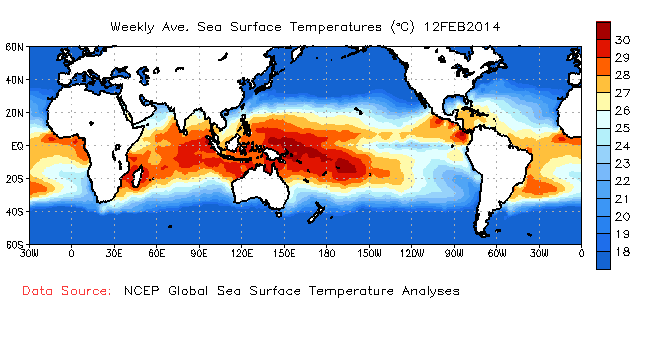HIGHLIGHTS
Above average rainfall was observed in southern
islands of Maldives where up to 190 mm rainfall was observed at
the end of November and this is the highest rainfall observed in
this year in any part of the country. The rest of the country
received below average rainfall during November. Very heavy
rainfall is expected in the sea west of Maldives in the next few
days. Most of ENSO prediction models indicate a weak El Nino
condition during December to February.
 |
| Rainfall Anomaly over Maldives in November 2014. Areas in green received above average rainfall while areas in brown received below average rainfall. |
---------------------------Inside this Issue------------------------
- Monthly Climatology
- Rainfall Monitoring
- Daily Satellite derived Rainfall Estimates
- Monthly Rainfall derived from Satellite Rainfall Estimate
- Monthly and Seasonal Monitoring
- Ocean Surface Monitoring
- Rainfall Predictions
- Weekly Predictions from NOAA/NCEP
- Seasonal Predictions from IRI









